Probably, many of you have heard about some most strange space services — for example, about a funeral in orbit or, say, buying a plot on the Moon. Some of them are completely official and are provided by quite respected companies, long-time participants of the space market. Others, in fact, are not much different from ordinary fraud. In this article, we will look at some of the most popular such services and find out if they are legal.

A funeral in space
In some science fiction films, you can see scenes of burials in space: to mournful music, a coffin with a body flies out of the airlock and disappears forever in the boundless interstellar space. And although such episodes are created by someone’s vivid imagination, such a concept has long been embodied in reality. Today, such services are already provided by several companies on the market.
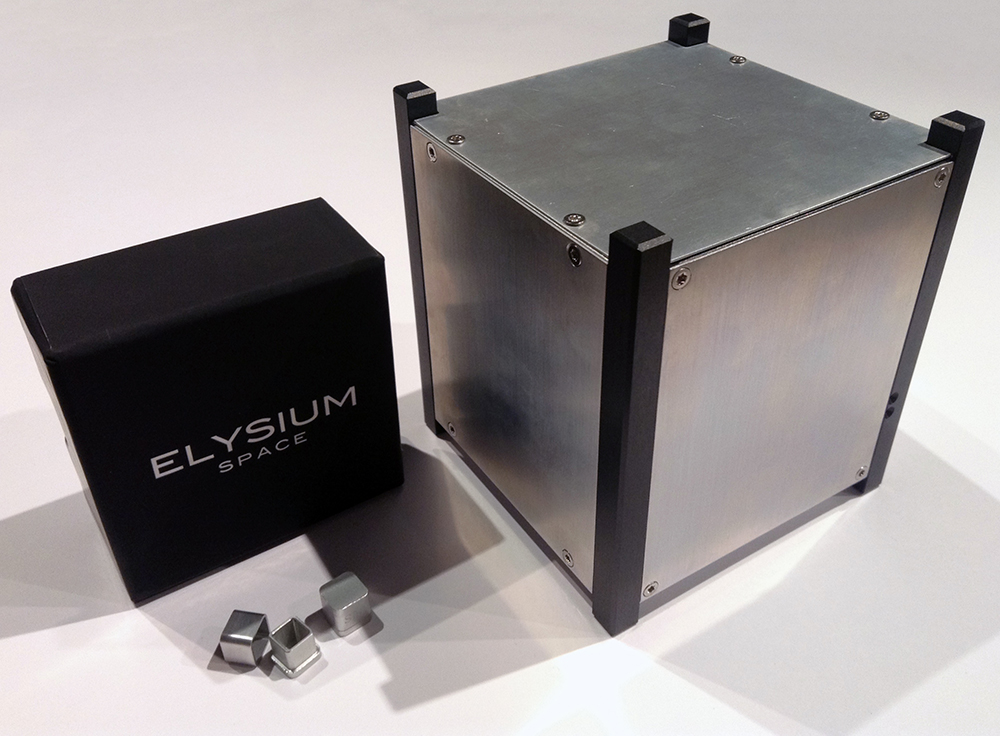
The company Celestis was the pioneer in this field. In 1997, it sent the ashes of 24 people into Earth orbit, including that of Gene Roddenberry, the creator of the cult Star Trek series. The following year, Celestis participated in the first ever lunar funeral. They made a capsule that was attached to the body of the NASA-built Lunar Prospector. The ashes of the famous astronomer and planetologist Eugene Shoemaker were placed in it. The words were engraved on the capsule: “His dream has come true, even in this way…”. After completing its principal mission, the spacecraft left the orbit and fell on the surface of the satellite of our planet. So Eugene Shoemaker became the first person buried on the moon.

It is worth noting that companies that provide funeral services do not carry out their own special launches. They install several hundred capsules in a special container that is placed as an accompanying cargo on the rocket of some launch operator.
The cost of a space funeral depends on the mass of the capsule, as well as the “destination”. The cheapest option is to go by a suborbital rocket. In this case, the capsule will stay for several minutes at an altitude of more than 100 km (the formal limit of outer space), after which it will return to Earth and be handed over to the relatives of the deceased. The cost of this service at the same Celestis starts with $2,500.
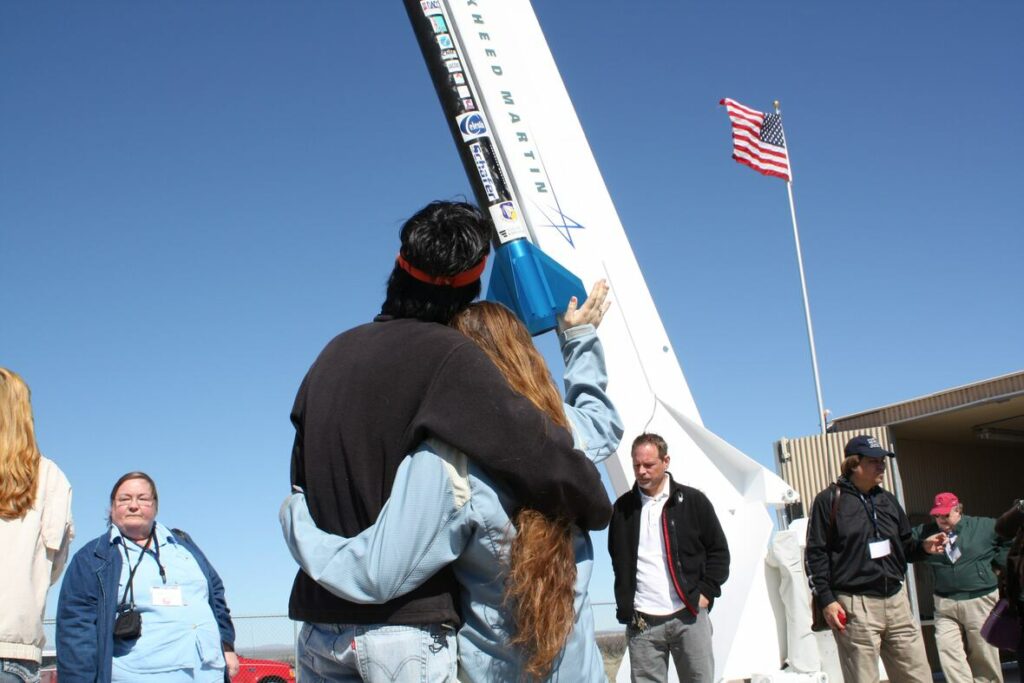
It is also possible to launch the ashes into Earth orbit. In such a case the container with the capsules will be installed on the upper stage of the launch vehicle or on a small satellite. After some time in orbit it will re-enter the Earth’s atmosphere and burn up. The time of existence of the capsule depends on the height of the initial orbit and can range from several weeks to several years. The cost of such funerals at the Celestis Company starts from 5 thousand dollars, and its competitors Elysium Space charges from 2.5 thousand dollars per gram of ashes.
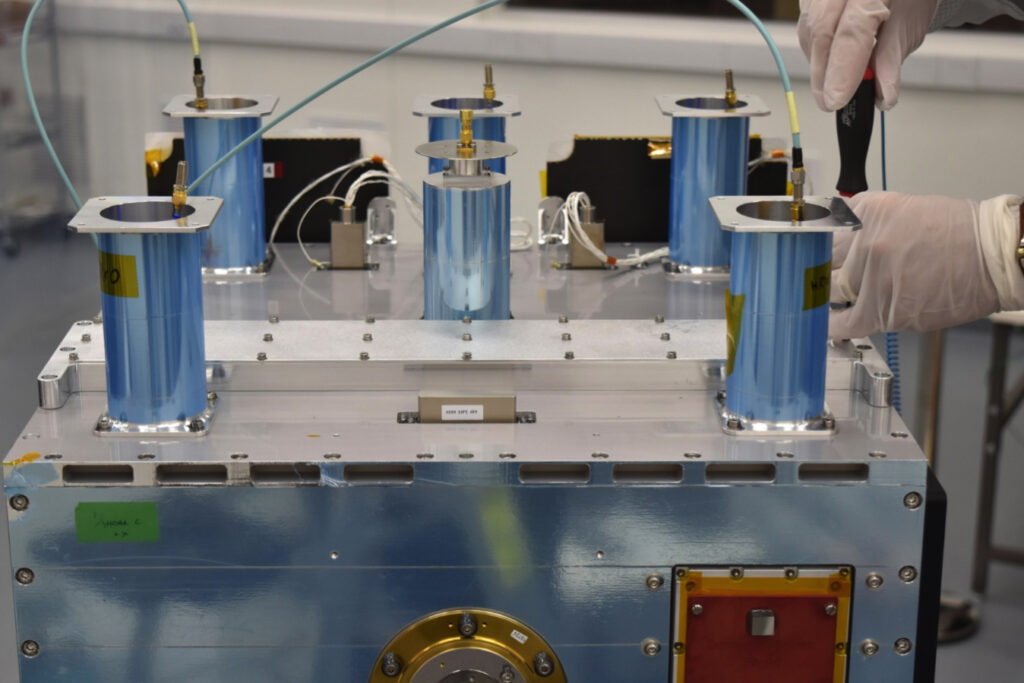
Both companies also offer delivery of ashes to the moon. The cost of the service is 10-12 thousand dollars per gram. As of 2022, none of these firms has yet placed such an order. For this, a suitable “cab” is needed, but now launches to the natural satellite of our planet are not carried out so often.
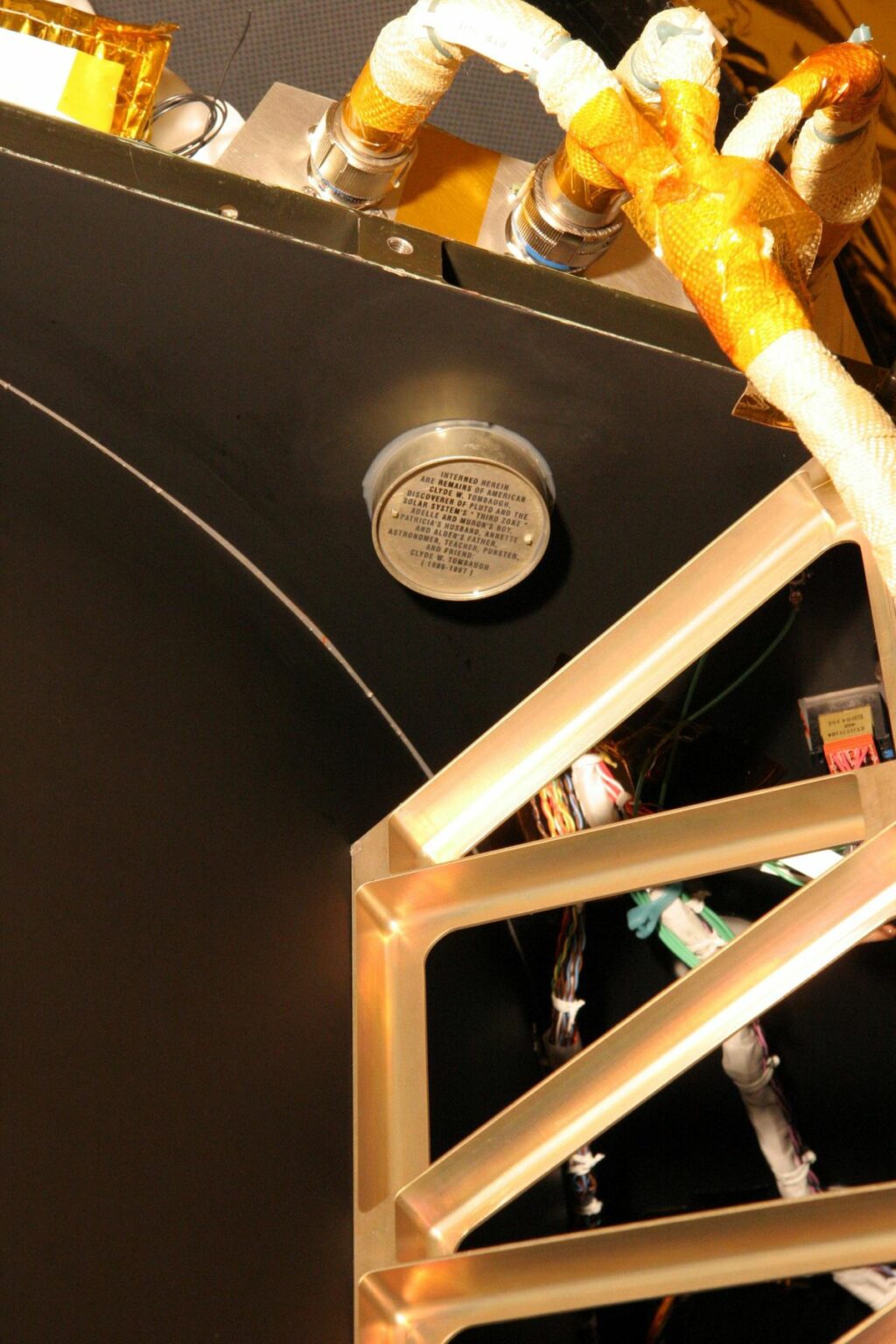
Space funerals are also organized by government space agencies, but only on rare occasions to commemorate a distinguished person. Clyde Tombaugh, the discoverer of Pluto, was awarded such a honor. There is a capsule with a particle of ashes of the famous astronomer onboard the New Horizons probe, which visited the dwarf planet and its moon Charon in 2015. Since this vehicle will leave the solar system forever in the future, Tombaugh is going to become the first person ever to be buried in interstellar space. Interestingly, in addition to the ash capsule, New Horizons also has two quarter-dollar coins on board. This is a kind of delivery fee — according to the ancient Greek mythology, the soul of the deceased must pay a small coin to the ferryman Charon in order to be transported across the Styx river.
Buying stars
On the Internet, you can find many sites that offer you the opportunity to name a star — for money, of course. It’s easy to do: just choose a star (the brighter it is, the more you’ll have to pay), name it, make a deposit, and then you’ll be sent a beautiful “certificate” and maybe some other souvenirs like a map of the sky with specified position of the luminary.
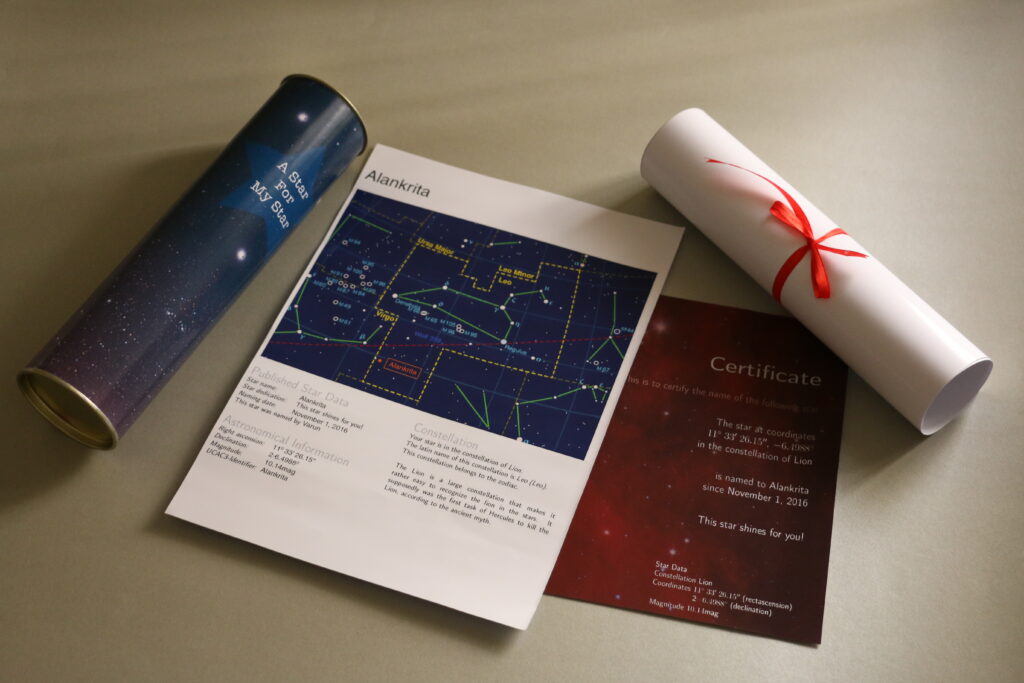
Unfortunately, the value of such a certificate does not exceed the value of the paper used for its production. Such “trade agreements” are not officially recognized by anyone and have no legal force. Firms that sell stars often refer to some “international star catalogs”, but in fact the naming of celestial bodies is the exclusive prerogative of the International Astronomical Union (IAU).
By the way, the absolute majority of stars do not have proper names at all. For their identification, alphanumeric designations are used. Only a few hundred of the brightest stars that can be seen in the sky with the naked eye have names that have been attached to them since ancient times — for example, Sirius, Aldebaran, Vega, Procyon, etc. In addition to them, there is still a small group of luminaries named after researchers who made a great contribution to their study (for example, Barnard’s star).
Recently, the IAU held several actions aimed at popularizing astronomy. Based on the results of the vote, dozens of stars and exoplanets received names that can be used to denote them along with numbers in the catalog. For example, 55 Cancer was named “Copernicus”, and μ Ara — “Cervantes”.
The above also applies to numerous services for the sale of the names of asterisms (small groups of stars), satellites of planets and craters. All such offers are the same fraud as naming stars for money. Current rules in astronomy provide for virtually the only possibility to name something in space at their own discretion: an astronomer who has discovered a new asteroid has the right to propose its name and explain the reasons for his choice. In the future, the IAS will consider the proposed option and, if there are no objections, approve it.
However, even here there are a number of limitations. For example, the name of an asteroid cannot consist of more than 16 letters, and names in honor of politicians or military figures are approved only 100 years after their death. Either way, unless you’re an “asteroid hunter,” you won’t be able to name a celestial body.
Of course, the offer to buy a star can be considered exclusively from the standpoint of receiving a beautiful souvenir, which can then be presented to a loved one. After all, most of us don’t understand the ins and outs of astronomical nomenclature. Therefore, you can draw such a certificate yourself in Photoshop, and then print it. It will have the same “legal force”, while costing next to nothing.
Areas on the Moon
Another very popular space service is the sale of plots on the Moon. It is provided by a number of companies with bombastic names such as Moon Estates or The Lunar Registry.
It is interesting that different people began to claim their rights to the bodies of the solar system even before the beginning of the space age. For example, in 1953, the eccentric Chilean lawyer Jenaro Verapaid local notaries 42 pesos and received a certificate confirming his ownership of the Moon.

But the American Dennis Hope turned out to be even more odious. In 1980, he registered the Lunar Embassy company and declared himself the owner, first of the Moon, and later — of Mercury, Mars, Pluto and other celestial bodies. Unlike the previous “owners”, Hope turned his claims into a business and began actively selling “plots” all around the solar system.
Hope managed to find a number of people willing to buy plots of land on the Moon at a price of $25 per acre. The commercial success of Lunar Embassy attracted the interest of many copycat companies, who also claimed rights to various bodies in the Solar System, including the Sun. Sometimes it looks as if such “businesses” just running some absurdity race — for example, consider the sale of plots on Jupiter, which in principle does not have a solid surface.
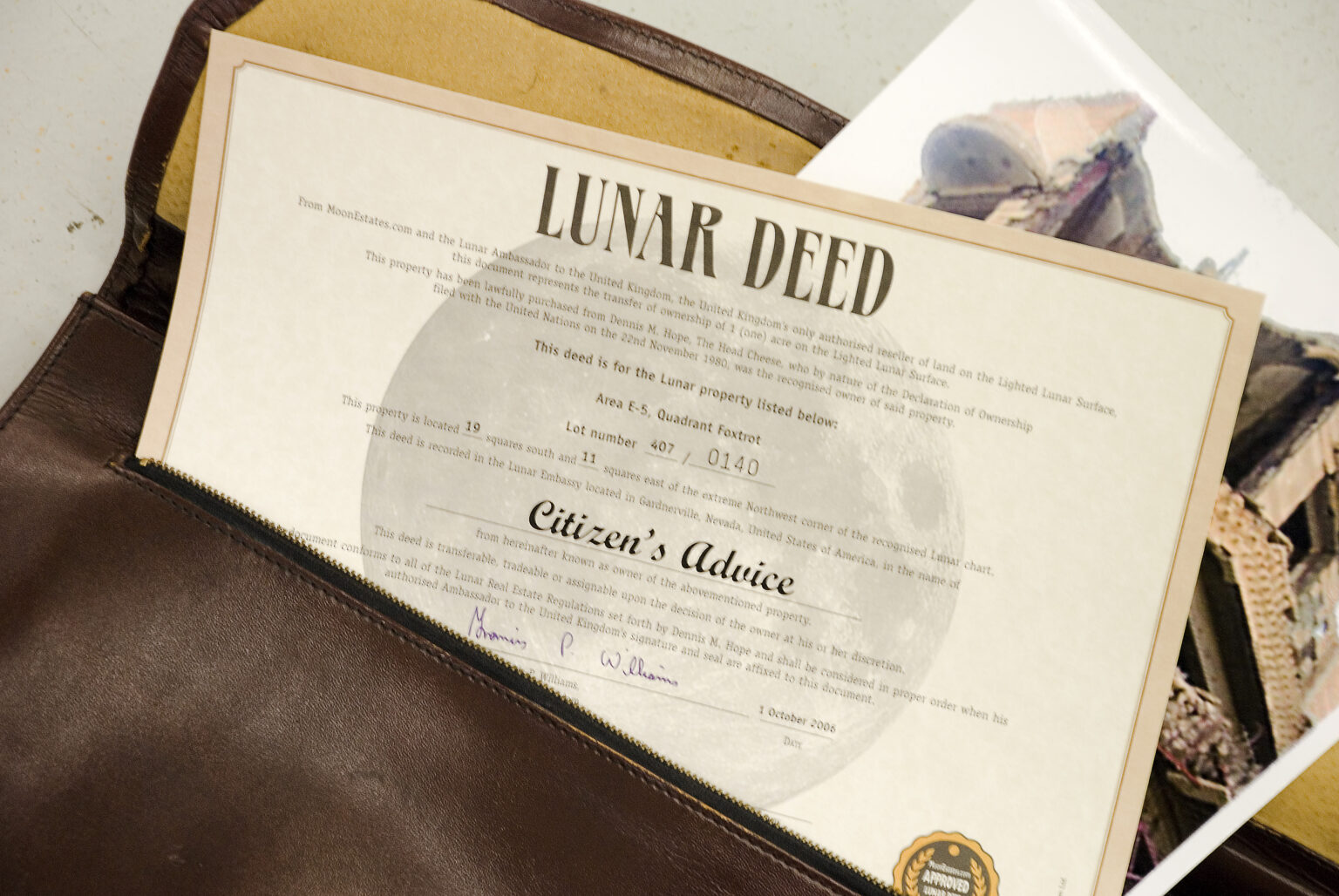
The Lunar Embassy and similar offices rely on the 1967 Outer Space Treaty and claim that their business is completely legal. Article II of the document states that “Outer space, including the Moon and other celestial bodies, shall not be subject to national appropriation either by declaring sovereignty over them, by use or occupation, or by any other means.” Sellers of plots on the Moon interpret this provision in their own way: if there is no mention of private individuals in it, then, accordingly, no one forbids them to own the Earth’s satellite.
So, formally, Article II of the Outer Space Treaty does not contain direct prohibitions for private companies to own the Moon and planets. However, Article VI separately stipulates that countries bear international responsibility for national activities in space and on celestial bodies, regardless of who carries them out. So, legally, companies like Lunar Embassy do not and cannot have any rights to the Moon.
In addition, before claiming rights to a territory, it is necessary to have access to it and the opportunity to carry out activities there. In the case of the Lunar Embassy and its ilk, this is clearly not the case. For example, when NASA landed the NEAR Shoemaker device on the asteroid Eros (433 Eros) in 2001, some Gregory Nemitz claimed to be the owner of this asteroid and billed the agency for “placing the station.” It is clear that his claims were simply ignored.
So, the activities of such sellers can be compared to the business of selling stars. The buyer of a plot on the moon will receive a beautiful certificate and a map, which can be hung in a frame on the wall or given as a birthday present to someone. But all this will not have legal force. None of the countries that signed the Outer Space Treaty will ever recognize such documents. So far, the only legal operation to purchase an object on the Moon was carried out in 1993. Then, at the Sotheby’s auction, the Russian Lavochkin Research and Production Association sold Lunokhod-2 and the Luna-21 station to Richard Garriott, who later flew to the ISS as a tourist. The amount of the deal was $68,500.
So, today the status of the Moon can be compared to that of Antarctica. The treaty signed in 1959 determined that the Southernmost Continent does not belong to any state. It prohibits any military activity or mining, but allows scientific research.
At the same time, due to the rapid development of technologies, the situation may change. For example, in 2015, a law was passed in the USA that gives American companies the right to own resources mined in outer space. It is likely that in the near future countries of the Earth will adopt a new, more detailed, international agreement on the use of space to settle possible legal conflicts.
SMS — to space
Another unusual space service can tentatively be called “SMS — to space.” The authors of such projects claim that they are delivering messages into interstellar space. You just send them a text (or a media file), pay, and it will be sent into outer space using a radio telescope.
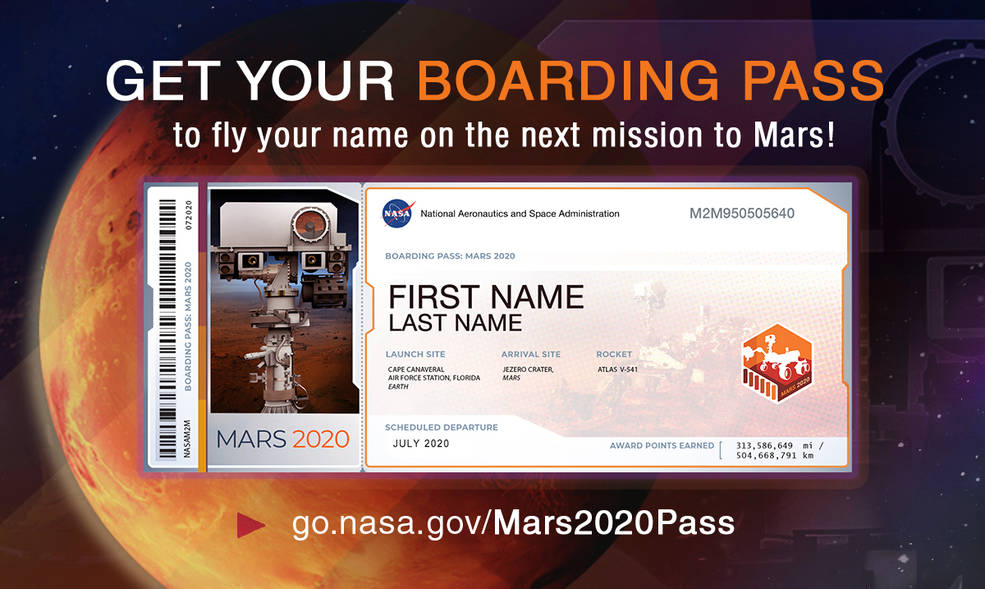
All such services seem extremely dubious. Their organizers usually do not disclose the characteristics of the equipment and antennas used, nor their locations. Therefore, most likely, the messages just go nowhere— in the literal sense.
At the same time, it should be noted that over the past half a century, humanity has indeed sent a number of messages into outer space. The most famous of them is certainly the Arecibo message of 1974. It contained basic information about humans and the solar system.

This message cannot be called a serious attempt to contact extraterrestrial civilizations. First, it was directed toward the globular star cluster M13, located 25,000 light-years away in the Hercules constellation. By the time the signal reaches its destination, the cluster will have changed position and there will be nothing but emptiness in its place. And even if some alien civilization suddenly manages to accept it, we will still have to wait at least 50 thousand years to get an answer. And secondly, the Arecibo radio observatory staff never hid that the message was more of a beautiful demonstration of technology dedicated to the anniversary of the opening of this scientific institution than a serious attempt to establish contact with extraterrestrial intelligence.
The Arecibo transmission was not the only such message sent by earthlings to other worlds. In different years, classical music recordings, Beatles songs, excerpts from encyclopedias and even advertisements for potato chips have been broadcast into space. Some of them had an overt advertising purpose; some were aimed at popularizing astronomy and raising funds to support the work of observatories. The technical characteristics of these messages also raise doubts that they will ever be “heard” in the vicinity of the stars to which they are directed.
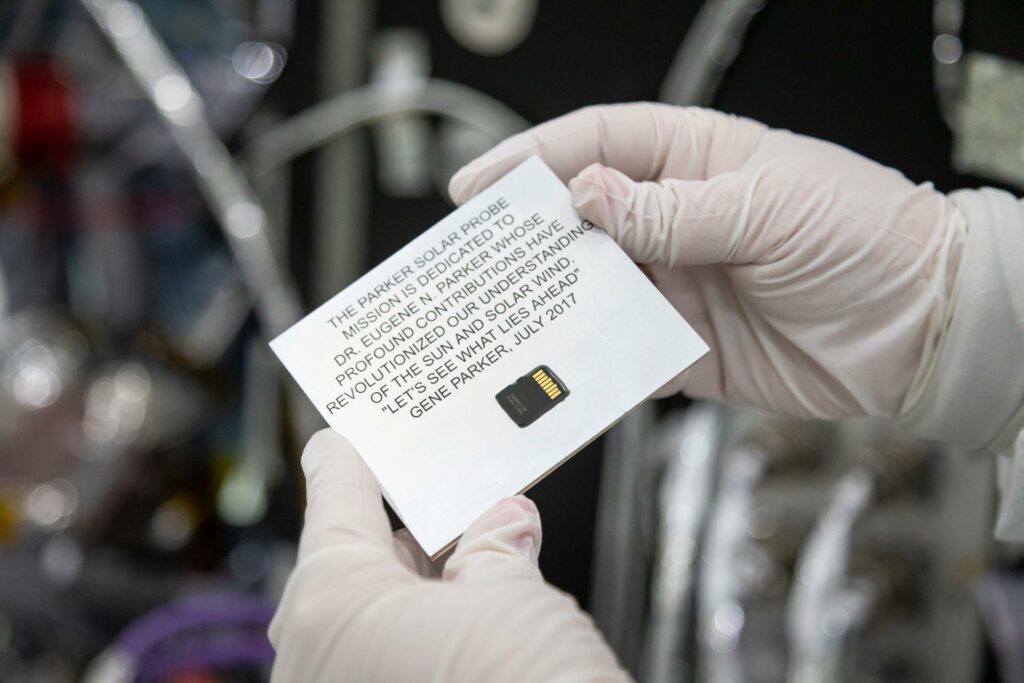
The only real possibility to send something to other planets — and absolutely free — is provided by space agencies. Recently, the practice has become standard, when a special microchip is installed on board NASA’s interplanetary vehicle before launch, where the names of people who have sent an application to the website of the aerospace administration are recorded. Currently, millions of people from all over the world take part in such actions. In particular, microchips with names were installed on board the Parker Solar Probe, the OSIRIS-REx and InSight probes, the Curiosity and Perseverance rovers.
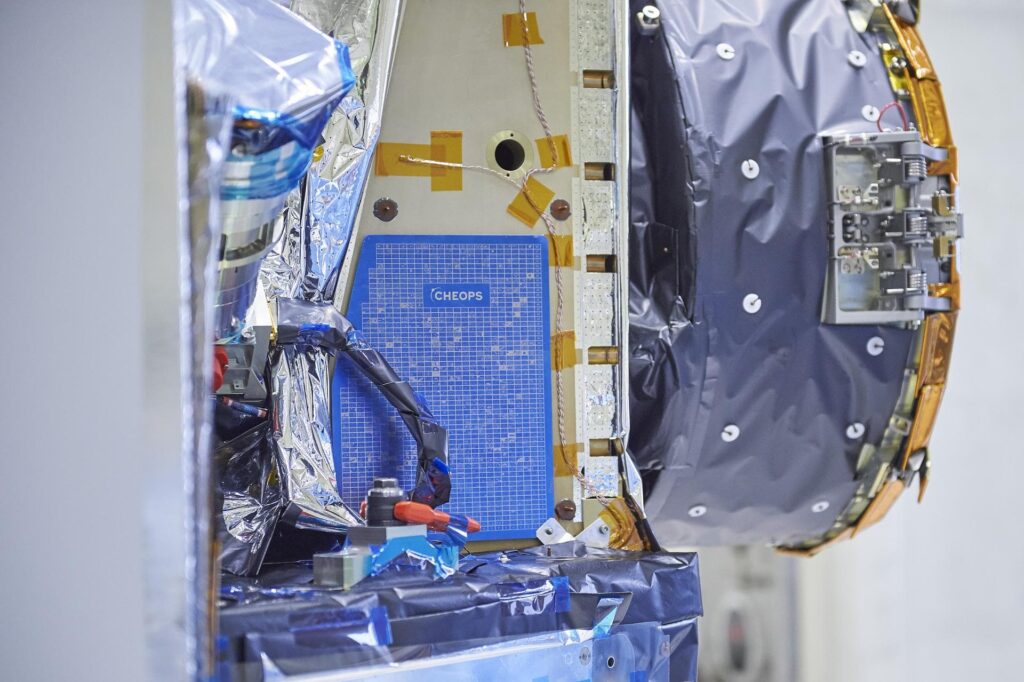
This practice is gradually adopted by other space agencies. For example, titanium plates with miniature versions of children’s drawings were installed on board the European CHEOPS telescope. They were chosen as part of a competition held by ESA. And on the Japanese Hayabusa-2 device carries a chip with the names and messages sent by the members of the Planetary Society.

